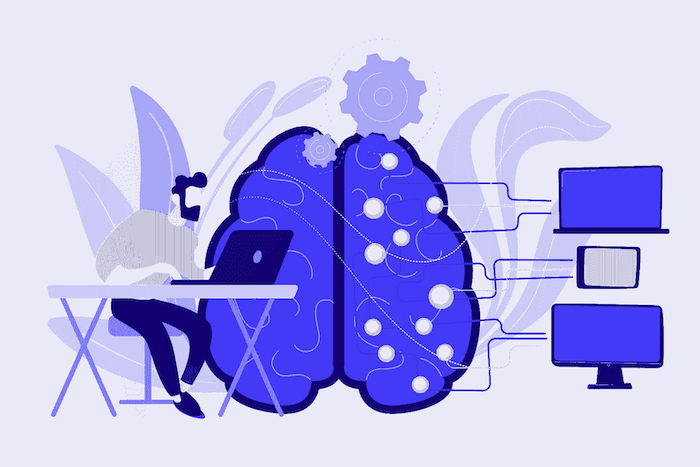Generative AI: Introducing the frameworks

What is Generative AI?
At its most basic level, generative AI is a type of machine learning that uses data to generate new ideas or outputs. The idea is to make the computer "think" for itself, without relying on pre-programmed information. Generative AI models can be used for tasks such as predicting consumer behavior, creating art and music, and even designing new products from scratch.
Types of Generative AI frameworks
The three most popular generative AI frameworks are Generative Adversarial Networks (GANs), Variational Autoencoders (VAEs), and Reinforcement Learning (RL). Let's take a closer look at each one:
Generative Adversarial Networks (GANs)
Generative Adversarial Networks (GANs) were first proposed by Ian Goodfellow in 2014 as a way to create realistic images by training two separate neural networks against each other. One network is responsible for generating the data while the other evaluates it; this competition helps to ensure that only high-quality output is generated. GANs have been widely used in image processing applications such as facial recognition and image synthesis, but they are also increasingly being applied to natural language processing tasks like text generation and speech recognition systems.
Variational Autoencoders (VAEs)
Variational Autoencoders (VAEs) are similar to GANs but use an encoder-decoder architecture instead of competing networks. VAEs were developed by Kingma et al., in 2013, as an extension of autoencoders. In this model, an encoder maps input data into a hidden space, while the decoder reconstructs the original input from this space. VAEs can be applied in many areas, including natural language processing, where they can be used to generate synthetic text or audio samples based on existing datasets. They have also been successfully used for image generation tasks, such as creating realistic faces from scratch using deep learning algorithms.
Recurrent Neural Networks (RNNs)
RNNs were developed by Hochreiter & Schmidhuber in 1997 to predict the next character based on sequential input patterns; this technique was later extended to other applications ranging from speech recognition, machine translation, text summarization, etc. In contrast to GANs & VAEs, which require large amounts of labeled training data sets, RNNs only need small input sequences followed by output sequences, making them suitable for use cases where labeled datasets may not be available.
Summary
By looking at these three different frameworks, we gain insight into how different types of machine learning algorithms work together when dealing with generative AI models; however, there are still lots of other aspects that need further research if we want them all to run optimally together in real-world use cases.
All three frameworks have their advantages & disadvantages depending upon what kind of problem you want to be solved. For instance, if your task involves generating realistic images, then GANs would be your best bet; however, if you're looking at extracting meaningful representation from complex datasets, then VAEs would be more suitable. Similarly, if you're looking to predict future values based on past temporal trends, RNNs should prove useful. Ultimately, it depends on what kind of application you're trying to build when deciding between these different framework types..
By now, it is evident that generative artificial intelligence has immense potential when it comes to unlocking valuable insights hidden within vast amounts of data points scattered across different domains. Furthermore, by exploring different models and algorithms within each framework, one can experiment with various possibilities, thereby pushing boundaries further when it comes to building complex systems capable enough to yield desired outcomes under given conditions.
Introducing Kafkai
Kafkai, our SaaS that generates unique content, especially for SEO leverages these different types of generative AI frameworks on different models that we use specific to a particular niche. If you require quick and unique content for your blog or online marketing strategy, try out Kafkai. We also have a generous affiliate program of up to 50% for you to share with your customers.
Contact us here for a trial account and free consultation.